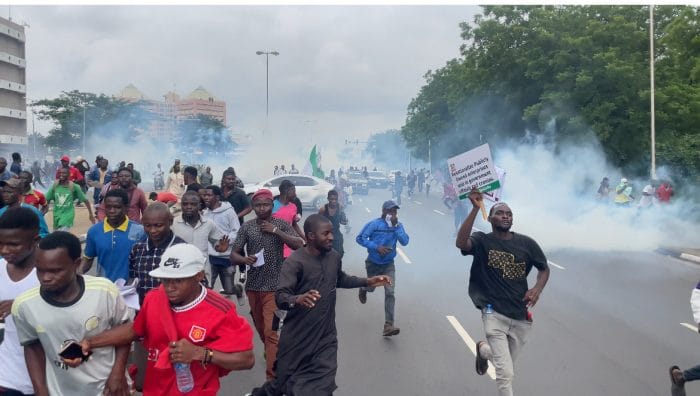At least 31 people have been confirmed dead and over 100 injured following Kenya’s latest wave of anti-government protests, marking the deadliest day since demonstrations began earlier this year. Over 500 individuals were arrested, according to the national human rights commission.
The protests, led largely by youth and civil society activists, erupted over high living costs, alleged corruption, and increasing police violence. Anger intensified following the death of a prominent blogger in police custody last month and the fatal shooting of a protester on June 17.
Monday’s demonstrations coincided with the anniversary of the 1990 Saba Saba pro-democracy movement, a symbolic date in Kenya’s history. Protesters clashed with police amid roadblocks across Nairobi and other cities, with reports of widespread property damage including looted businesses and vandalized supermarkets.
Human rights groups and UN officials have called for calm and restraint. UN Human Rights Chief Volker Türk urged authorities to uphold freedom of expression and peaceful assembly.
President William Ruto has remained silent on the latest developments. Meanwhile, Interior Minister Kipchumba Murkomen recently faced criticism for ordering police to use lethal force against protestors who approach government buildings.
With 50 deaths reported in the past two weeks alone, Kenya’s internal tensions continue to rise. Economic frustrations over tax hikes, coupled with growing distrust in the government, have fueled the unrest. Businesses affected by the chaos are now reporting significant financial losses.
The Kenya National Cohesion and Integration Commission has urged politicians to avoid inflaming ethnic divisions and criticized the heavy-handed police response.



